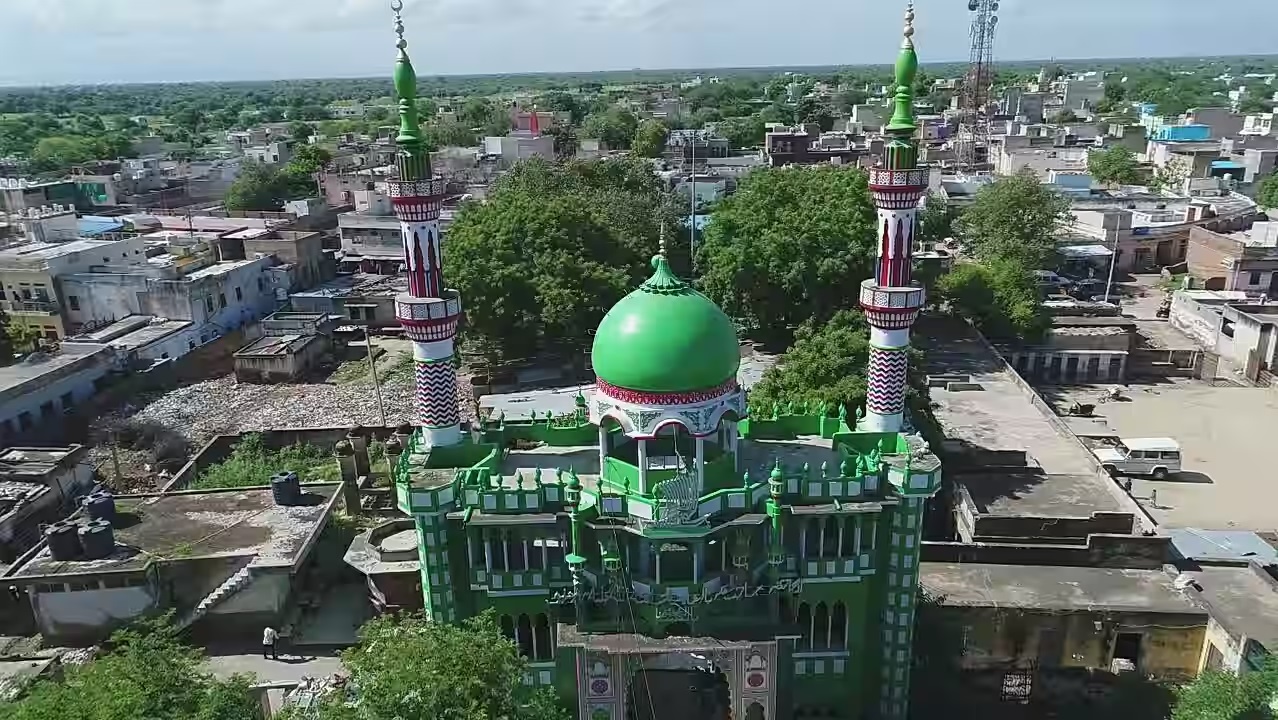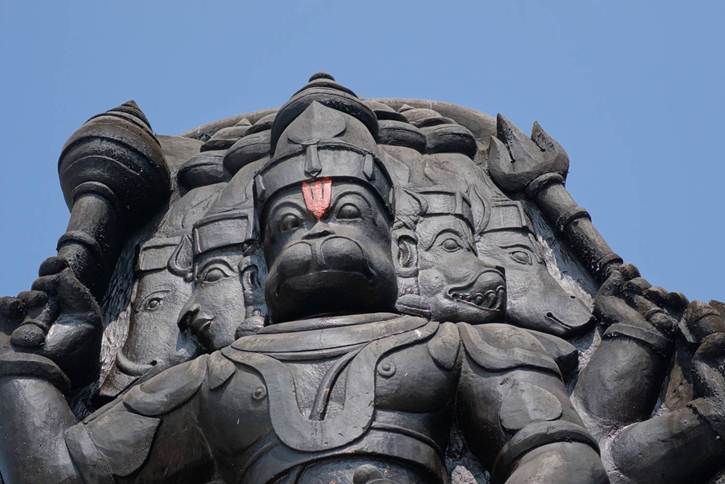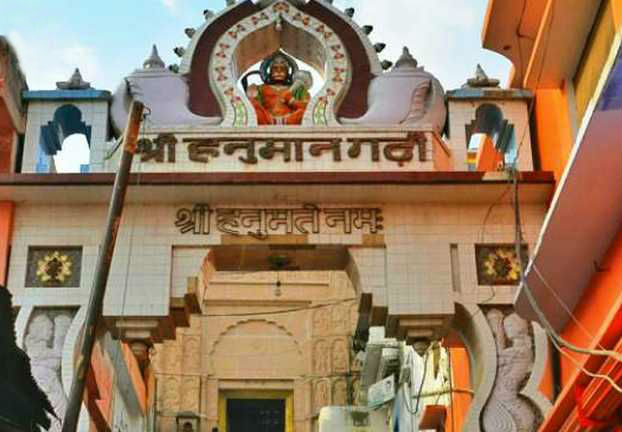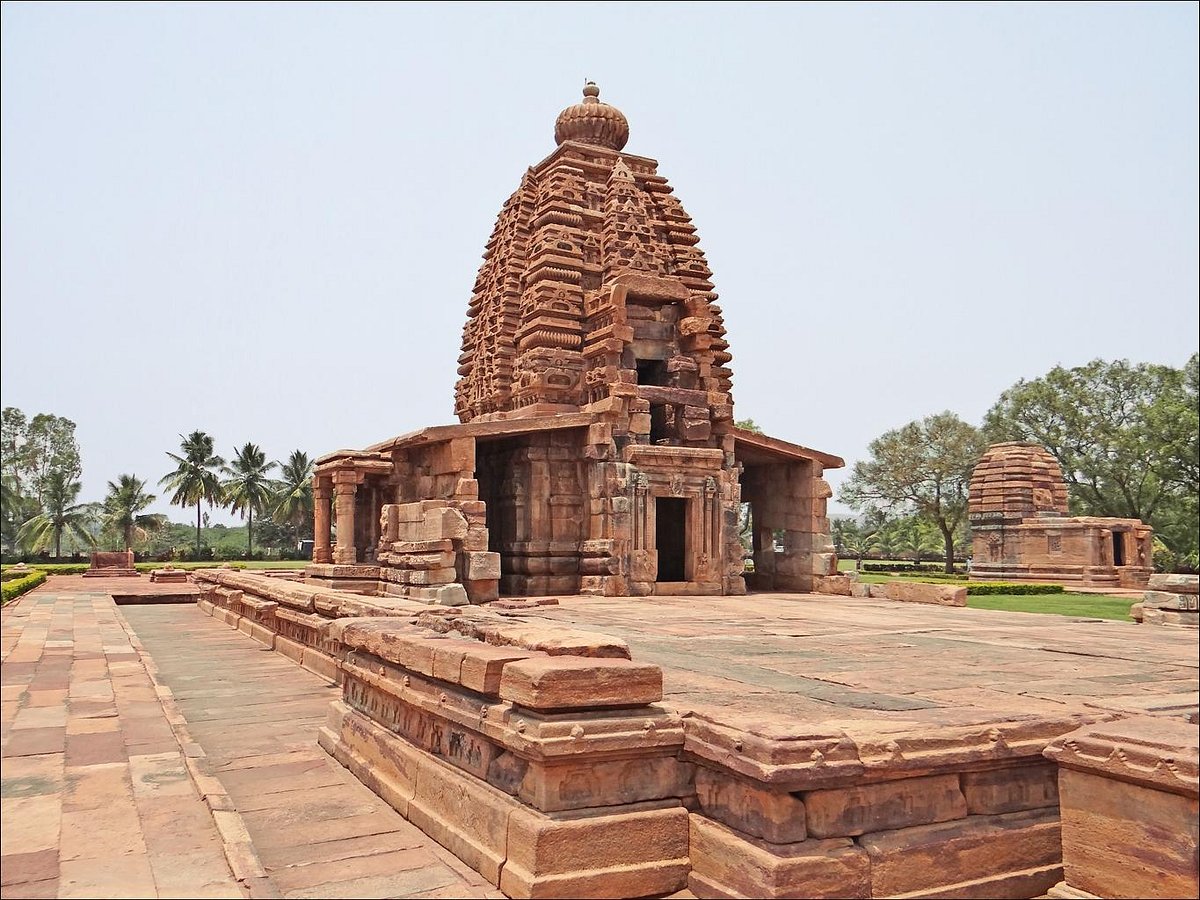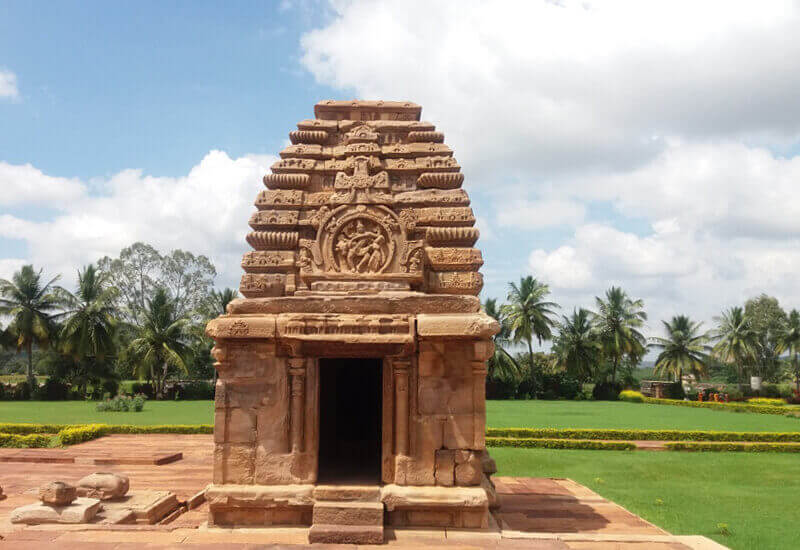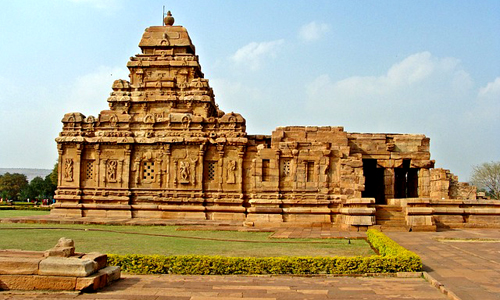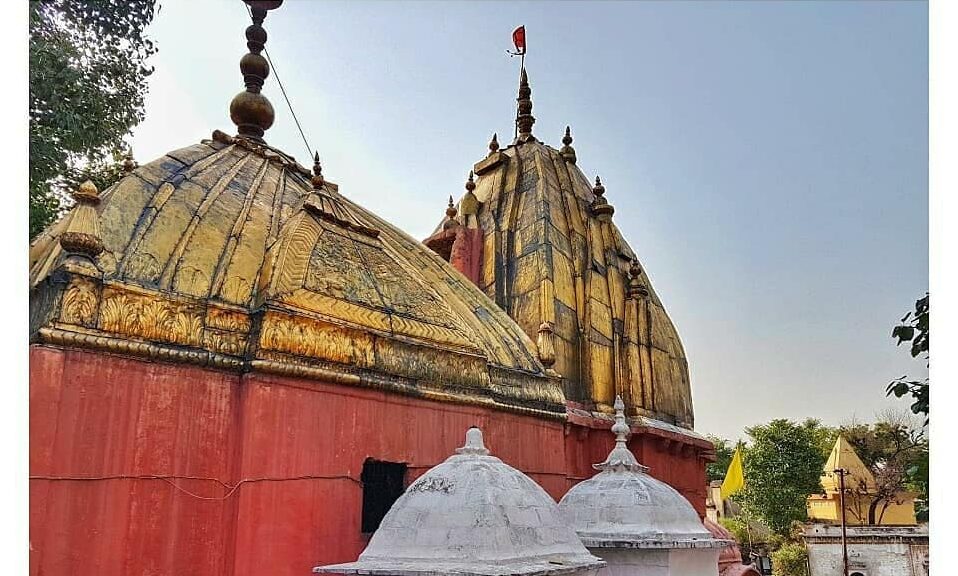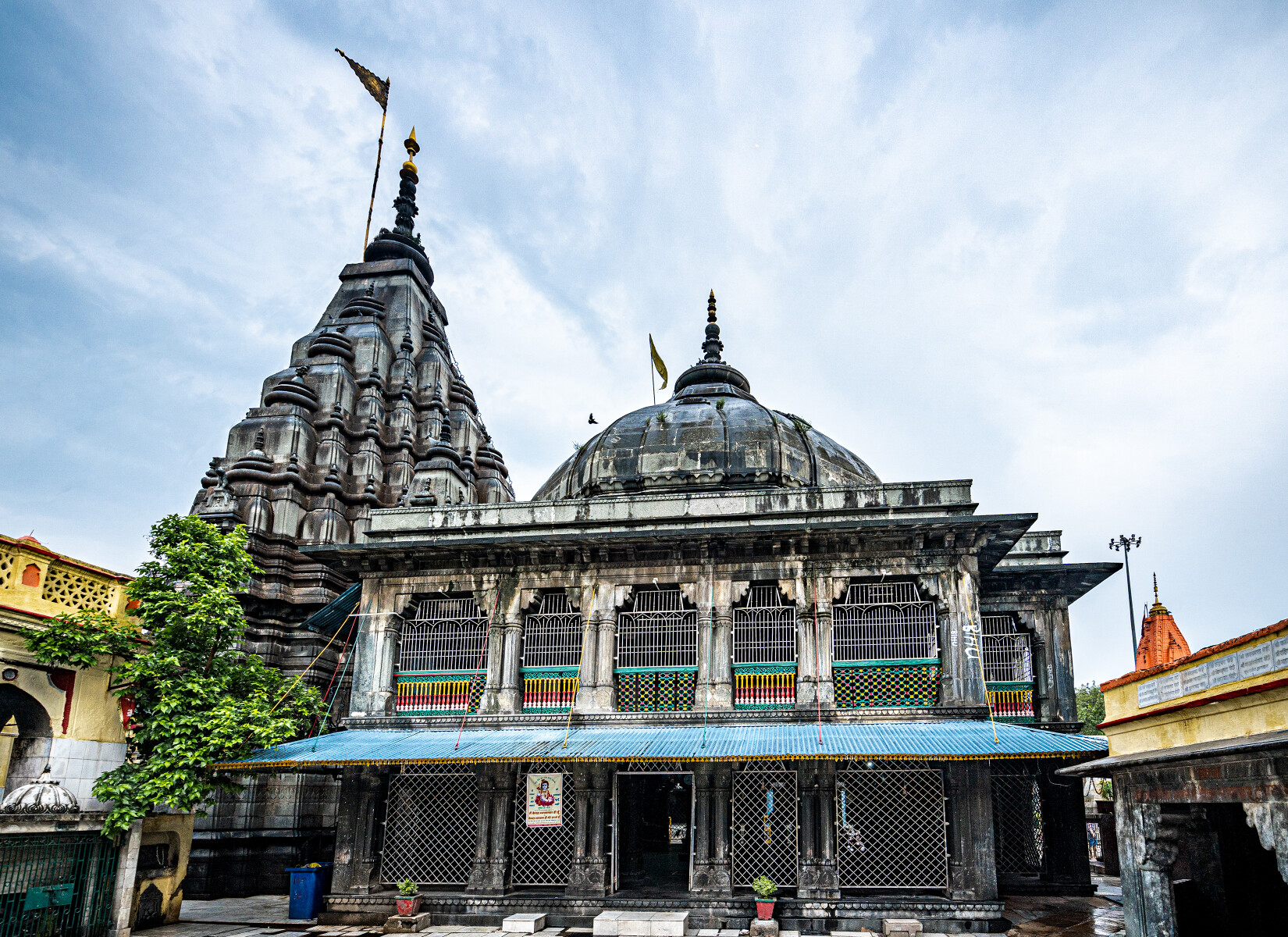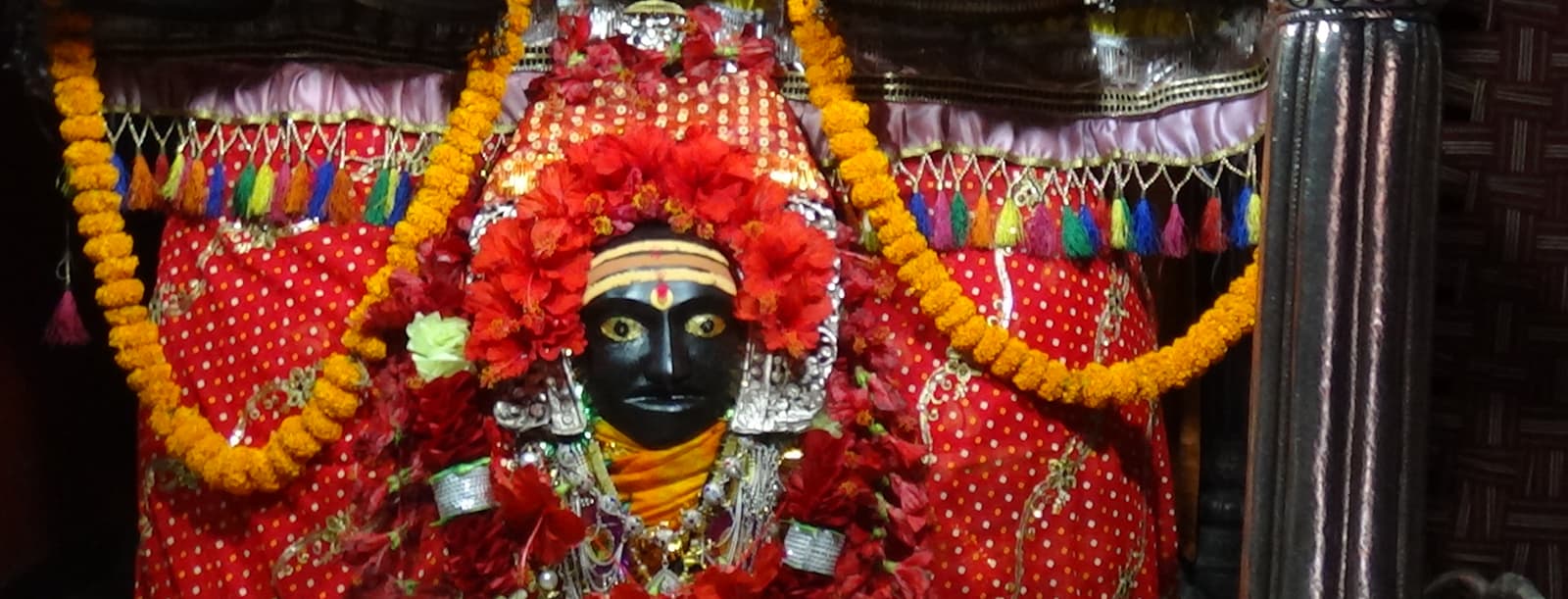Rajasthan: In the Chirawa area of Jhunjhunu district, Rajasthan, the Dargah of Hazrat Shakkarbar Peer Baba in Narhar stands as a testament to the power of communal unity. This 750-year-old shrine is a place where Hindus and Muslims come together to celebrate life, faith, and humanity, transcending religious boundaries. The shrine, dedicated to the revered Sufi saint Hazrat Shakkarbar Peer Baba, has become a symbol of interfaith harmony, where shared prayers and communal meals are integral to the spiritual experience.
A Shrine Steeped in Centuries of Tradition
Hazrat Shakkarbar Peer Baba is believed to have arrived from Iran during the era of Sufi saints’ arrival in India. Settling in the region of Narhar, he earned a reputation as a helper of the poor and a healer. His divine blessings were widely believed to offer relief from physical ailments and spiritual solace. His teachings emphasized service to humanity, humility, and universal love, principles that resonated deeply with people of all communities in the surrounding areas.
It is said that Hazrat Shakkarbar Peer Baba passed away about 750 years ago, and since then, an annual Urs (death anniversary celebration) has been held to commemorate his life and legacy. Along with the Urs, a grand fair is also organised every year during the month of Bhadrapad. The three-day celebrations draw thousands of pilgrims from across India, who come to honour the saint, seek his blessings, and partake in the communal spirit of the occasion.
The Sacred Festival of Urs and the Grand Fair
The Urs celebration at the Narhar Dargah is a time of great spiritual fervour, where both Hindus and Muslims gather to celebrate the saint’s life. Pilgrims offer prayers, flowers, and Chadar (cloth coverings) at the tomb of Hazrat Shakkarbar Peer Baba, paying respects to the saint. The grand fair held alongside the Urs has become a vital part of the celebrations. It features devotional Sufi songs (Qawwalis), music, dance performances, and local cultural activities, creating an atmosphere of spiritual joy and community.
During this festival, people of all religions and backgrounds come together to share a Bhandara (communal meal). Hindus and Muslims sit side by side, eating together and participating in the collective spirit of the occasion. The sense of unity that prevails during the celebrations demonstrates the deep interfaith bonds that have been fostered over centuries at the shrine.
The Miraculous Rain of Sugar (Shakkar)
The shrine of Hazrat Shakkarbar Peer Baba is famously known as Shakkarbar because of a miraculous event associated with the saint. Local legends tell that, at one time, sugar (Shakkar) would miraculously fall from the dome of the Dargah, an act that was believed to be a divine blessing from the saint. This miracle has given the shrine its name, and it remains an important aspect of the local lore surrounding Hazrat Shakkarbar Peer Baba.
Devotees continue to offer sweets at the shrine, as well as Chadar (a cloth covering) to pay homage to the saint. It is also common for worshippers to tie threads around a sacred tree within the shrine’s compound. This tree is believed to possess special powers, and devotees tie threads around it as a symbol of their wishes and prayers.
Communal Harmony and Shared Celebrations
What truly sets the Narhar Dargah apart is its role as a living example of communal harmony. The shrine is not merely a place of worship for Muslim devotees but also a sacred site for Hindu pilgrims, making it a shared space for both communities. Over the years, the shrine has become a symbol of unity, with people from diverse religious backgrounds coming together to celebrate common values of peace, love, and humanity.
Local residents note that major festivals such as Holi, Diwali, Muharram, and Bakrid are celebrated collectively in the region, with both Hindus and Muslims joining in the festivities. This communal participation in festivals reflects the influence of Hazrat Shakkarbar Peer Baba’s teachings, which encouraged love and unity among all people, regardless of their faith.
How to Reach Narhar Dargah
Location:
The Narhar Dargah is situated in the village of Narhar, in the Chirawa tehsil of Jhunjhunu district, Rajasthan. Narhar is well-connected to major cities, and it is easily accessible by road and rail from nearby towns.
How to Reach:
– By Air: The nearest major airport is Sanganer Airport, located in Jaipur, approximately 218 km from Narhar. From Jaipur, you can hire a taxi or take a bus to reach Narhar.
– By Train: Chirawa railway station is the closest railway station to Narhar, with good connectivity to major cities like Jaipur, Delhi, and Bikaner. From Chirawa, Narhar is just 11 km away and can be reached by taxi or local transport.
– By Road: Narhar is well connected by road. It is located about 38 km from Jhunjhunu and 21 km from Pilani. It is easily reachable by bus or car from nearby towns and cities like Chirawa, Jhunjhunu, and Pilani.
Best Time to Visit:
The most significant time to visit the Narhar Dargah is during the Urs Festival (death anniversary of Hazrat Shakkarbar Peer Baba), held every year during the month of Bhadrapad (August–September). The fair and spiritual activities during this period attract thousands of pilgrims. However, visitors can also come throughout the year to pay respects and experience the peaceful and harmonious atmosphere of the shrine.
Accommodation:
For accommodation, pilgrims typically stay in Chirawa, which offers a range of basic and budget-friendly hotels and guesthouses. Jhunjhunu and Pilani also provide more options for lodging. Visitors can easily travel from these towns to Narhar Dargah for the pilgrimage.

